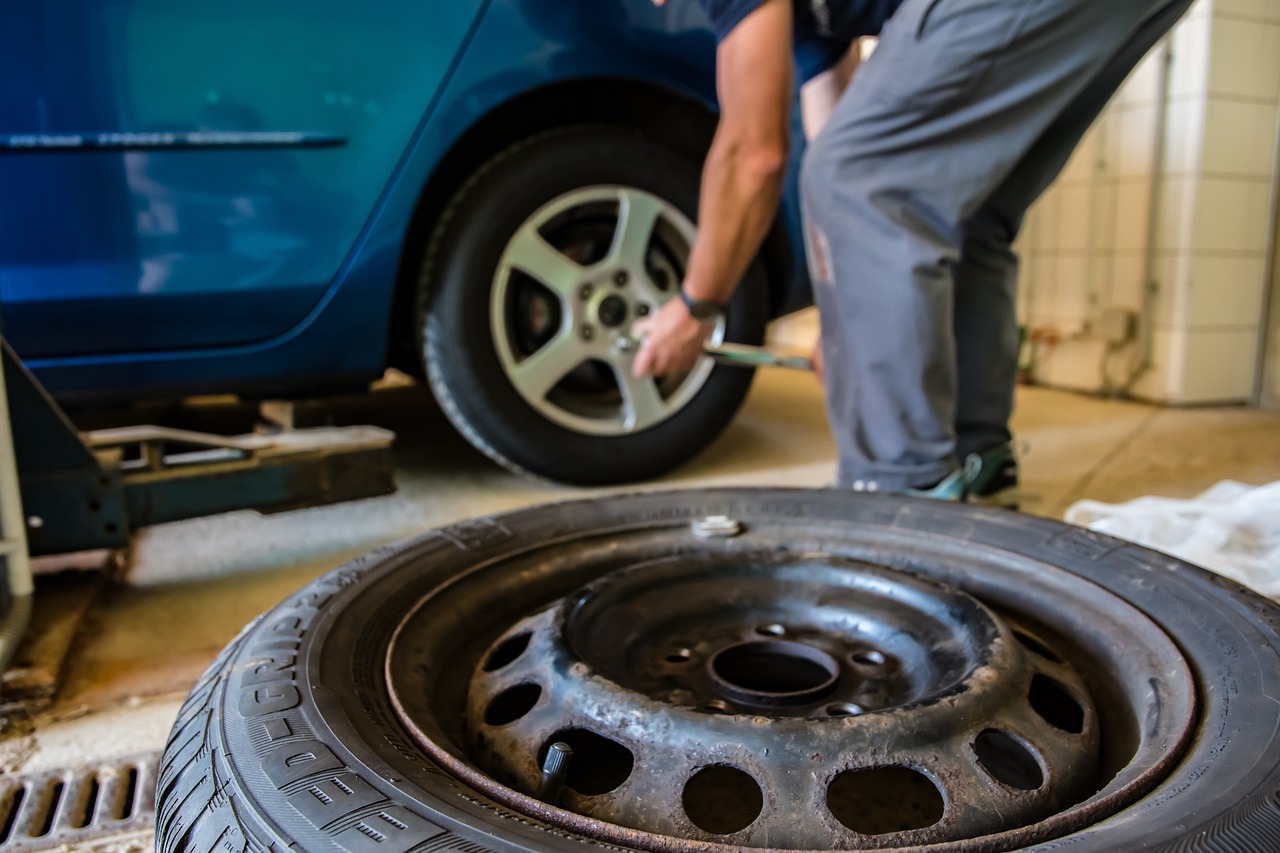OUR NEWEST BLOG

How Often Should I Check My Tire Pressure?
What’s the Optimal Pressure for My Vehicle?
Your essential guide to tire pressure maintenance for safety, fuel efficiency, and longer tire life.
Why Tire Pressure Matters?
Keeping your tires properly inflated is one of the simplest, most important things you can do for your vehicle. It affects everything from how your car handles to your gas mileage and even how long your tires last.
When your tires are underinflated, they can wear out faster, reduce your fuel efficiency, and even make your vehicle harder to control. On the other hand, overinflated tires can lead to a harsh ride and uneven tread wear.
That’s why checking your tire pressure regularly is crucial—it's a quick task that can have a big impact on your safety and your wallet.
How Often Should You Check Your Tire Pressure?
You should check your tire pressure at least once a month. That’s the general rule of thumb. It’s also a good idea to check it before long road trips or if your vehicle has been sitting for an extended period.
Tire pressure can fluctuate with changes in temperature. So, if there's been a significant shift in weather—especially colder temperatures—you’ll want to check them more frequently. Cold air causes tire pressure to drop, which means your tires could be underinflated even if they were fine a few weeks ago.
Also, if your vehicle has a Tire Pressure Monitoring System (TPMS), don’t rely on it alone. It typically only alerts you when the pressure is significantly low. It’s still smart to check it manually.
What’s the Optimal Tire Pressure for Your Vehicle?
There’s no one-size-fits-all answer because optimal tire pressure depends on your specific vehicle. The best way to find the correct pressure is to check the sticker located inside the driver’s side door jamb. It’ll list the recommended PSI (pounds per square inch) for both front and rear tires.
If you can’t find the sticker, your vehicle’s owner’s manual will also have this information. Most passenger cars typically require somewhere between 30 and 35 PSI, but again, always refer to the number specific to your car.
It’s important to note that the PSI listed on the tire itself is the maximum pressure the tire can handle—not the recommended pressure for your car. Stick to the vehicle manufacturer’s numbers for the best performance and safety.
When and How to Check Tire Pressure
The best time to check tire pressure is when your tires are cold—ideally before you’ve driven the car that day or after it’s been sitting for a few hours. Driving heats up the air inside your tires, which can give you an artificially high reading.
To check your tire pressure:
Remove the cap from the tire’s air valve.
Press a tire gauge onto the valve until the hissing stops and the gauge provides a reading.
Compare the number to the recommended PSI.
If it’s low, add air in short bursts and recheck.
If it’s too high, release a bit of air and recheck.
Replace the valve cap when done.
Digital tire gauges tend to be the most accurate and easy to read, but any reliable gauge will get the job done.
Quick Recap
Check your tire pressure at least once a month.
Always check when the tires are cold.
Find your vehicle’s recommended PSI on the door jamb or in the manual.
Don’t rely solely on TPMS warnings—check manually.
Keeping your tires properly inflated is a small maintenance habit that leads to safer driving, better fuel economy, and longer-lasting tires.


